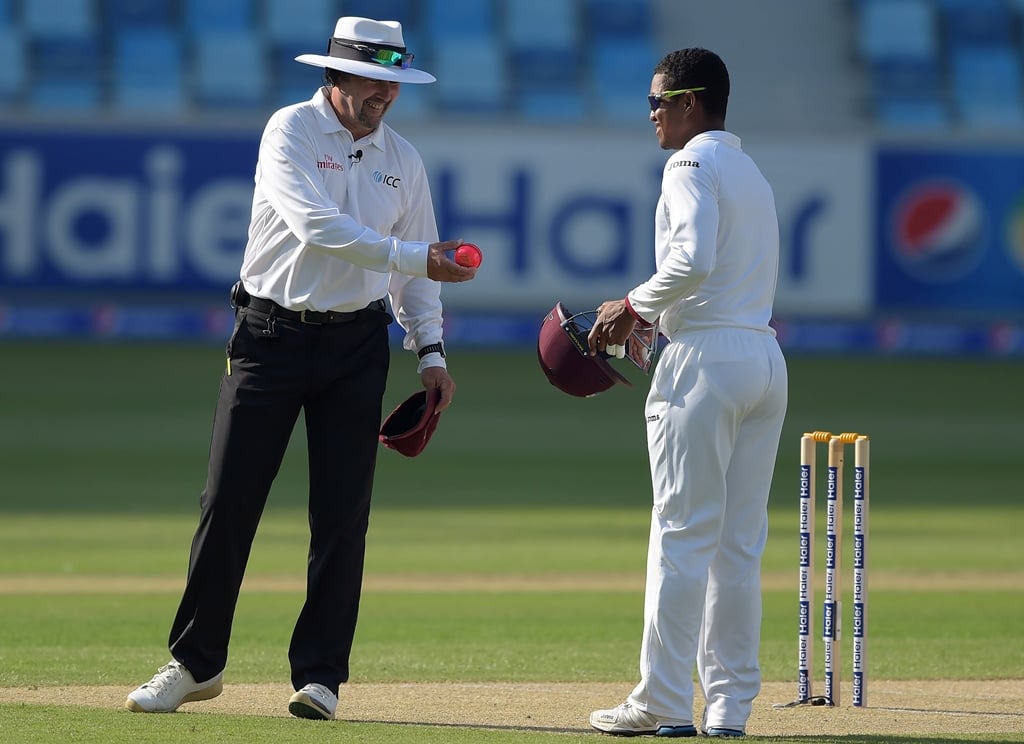
Mike Brearley, the former England captain and current chairman of the committee, and member John Stephenson were speaking in Dubai at the Test between Pakistan and the West Indies -- only the second ever day-night Test match.
“We started experimenting with the pink ball in 2008, brought the pink ball matches to Abu Dhabi and all the efforts were aimed at making the five-day Test more competitive and to attract more crowds,” Brearley told reporters.
Australia and New Zealand featured in the first ever day-night Test in Adelaide in November last year. It increased the crowds threefold over the three days of action as Australia won the match by three wickets.
Refined pink ball provides renewed optimism
Stephenson, who played one Test for England in 1989, said that following experiments, the pink ball case was presented to the International Cricket Council (ICC) meeting in 2011.
“We took the evidence (on the pink ball) to the ICC cricket committee in 2011 and it was in that meeting that the ICC allowed the member nations to get together and play a day-night Test if they want to,” said Stephenson. “It took some years to come to fruition in November 2015.”
The committee under the Marylebone Cricket Club (MCC), regarded as the custodians of the rules of cricket, works as a complementary body to the International Cricket Council (ICC) and its member nations.
Australia will host two more day-night Tests -- against South Africa in November followed by one against Pakistan a month later.
Misbah, Holder favour pink future of Tests
England have announced they will host a day-night Test in 2017 and play another in New Zealand a year later. India and Bangladesh have also shown interest in the idea.
Stephenson said the Adelaide Test was a big success. “The Adelaide Test was a different occasion, a social calendar thing as a huge party was going on,” he said. “An Australia-New Zealand Test would usually attract 40,000 people in three days -- it attracted 123,000,” he added.
Brearley said the sub-continent could be suitable for day-night Tests. “I think the sub-continent is ideal for it but you have to pick the right venue where people can walk in, no dew and good lights,” he said. “You have to tick a few boxes to make sure it works.”
He added: “The day-night Test give a chance to people to come after work and it’s a good spectacle and I am happy that people are trying it. I have seen how things changed in one-day, so it’s a new innovation.”

















COMMENTS
Comments are moderated and generally will be posted if they are on-topic and not abusive.
For more information, please see our Comments FAQ